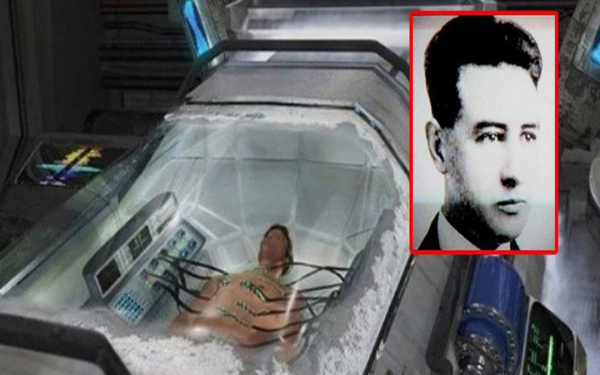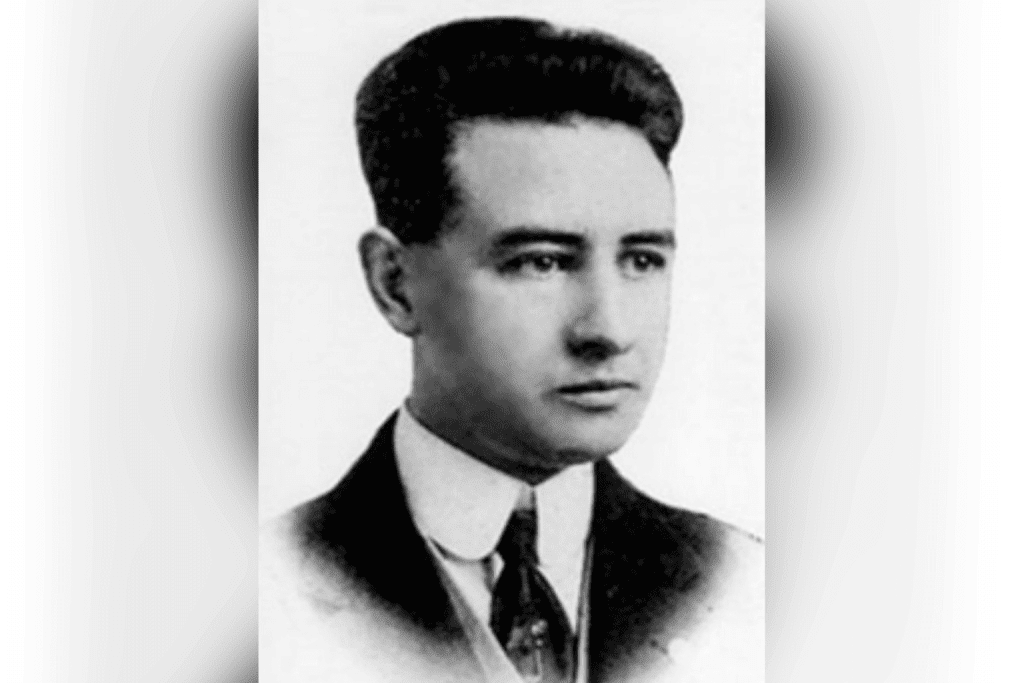Is it possible to bring a frozen body back to life? Can modern science work miracles to revive those preserved in liquid nitrogen for decades? These questions stir curiosity and skepticism alike. In 1967, Dr. James Hiram Bedford, a man who once held immense wealth and influence in America, embarked on a daring journey to cheat death—by freezing himself with the hope of revival in the future. But after more than 50 years, what has really happened to him? And has science come any closer to fulfilling Bedford’s dream?

The Man Who Wanted to Cheat Death
Dr. James Hiram Bedford was a psychology professor at the University of California and a World War I veteran. Bedford led an adventurous life, from exploring the African wilderness to driving the Alcan Highway up to Alaska. He was also one of the first advocates for cryonics—the practice of preserving human bodies at extremely low temperatures in hopes of revival in the future.
Faced with terminal cancer, Bedford volunteered to undergo cryopreservation on January 12, 1967. His body was frozen just hours after his death, making him the first person to be cryogenically preserved. His aim? To be revived when medical science had advanced enough to cure both his cancer and the damage caused by freezing.
What Is Cryonics and How Does It Work?
Cryonics is the practice of preserving bodies (or brains) at extremely low temperatures immediately after death, with the hope that they can be revived in the future. The theory is that advancements in medical technology might one day reverse the damage caused by freezing and the underlying conditions that led to death.
The process involves cooling the body to a temperature below -130°C, followed by storage in a tank filled with liquid nitrogen at around -196°C. The low temperature is meant to halt biological decay and preserve the body for a future attempt at revival. While this sounds like something out of a science fiction novel, organizations like Alcor Life Extension Foundation and the Cryonics Institute are actively working in this field, with over 300 bodies currently preserved.
Opening Bedford’s Frozen Chamber: The 1991 Examination
In 1991, 24 years after Bedford’s preservation, Alcor decided to examine his body. Encased in a metal shell, Bedford’s body was carefully removed from its cryogenic chamber. The scientists found him wrapped in a pale blue sleeping bag, tied with a nylon strap, and nestled inside a tank filled with liquid nitrogen.
Despite the decades that had passed, Bedford’s body showed signs of good preservation. His skin retained some elasticity, and his face appeared younger than expected for a 73-year-old. The examination also revealed discolored patches on his chest and neck, two puncture marks on his torso, and chalky-white eyes from ice formation on the corneas. However, Bedford’s overall condition was better than anticipated, considering he had been preserved using early cryonic techniques, which lacked today’s precision and technology.

Cryonics and Scientific Challenges: Is Revival Possible?
While Bedford’s preservation remains a milestone in cryonics, the broader challenge of reviving a frozen body is far from being solved. There are several scientific hurdles that cryonics must overcome before revival can even be considered possible:
- Cellular Damage During Freezing
- When the human body freezes, ice crystals form inside cells, causing them to burst. While cryonic processes use cryoprotectants (a form of antifreeze for the body) to prevent ice formation, damage still occurs at the molecular level.
- Neuronal Preservation
- The brain is the most critical organ in terms of revival. Even minor cellular damage can lead to severe cognitive impairment, making the challenge of reviving a preserved brain particularly daunting. The degradation of neural connections during freezing further complicates the potential for resuming normal brain function.
- Lack of Reanimation Technology
- While medical science has made significant strides in organ transplantation, tissue regeneration, and genetic engineering, reanimating a frozen human body is still beyond our current technological capacity. Experts estimate that even with rapid advancements, revival could be many decades—or even centuries—away.
- Ethical Concerns and Legal Issues
- The ethics of cryonics are hotly debated. Critics argue that resources should focus on current healthcare and disease prevention rather than an uncertain promise of future revival. Additionally, legal questions surround issues of consent, posthumous rights, and the impact of potential revival on society.

What Happened to Bedford After 2017?
When 2017—the year Bedford hoped to be revived—came and went, there were no major advancements in reanimation. Today, Bedford remains preserved alongside over 145 other bodies in Alcor’s cryogenic tanks, suspended vertically in liquid nitrogen. His status has not changed, and while advancements in preservation techniques have been made, the gap between preservation and revival remains significant.
Despite this, cryonicists believe that Bedford’s case represents just the beginning. His body, like others in the tanks, is considered a time capsule—awaiting the possibility of resurrection by future generations. The concept, while far from reality, inspires ongoing research in regenerative medicine, nanotechnology, and even artificial intelligence, as scientists explore potential paths to reanimation.
Is Cryonics a Realistic Path to Immortality?
Cryonics continues to exist on the fringes of mainstream science, balancing between hope and skepticism. For many, it’s a last shot at life—a gamble that future technology will advance far enough to bring them back. For others, it’s merely science fiction masquerading as plausible science.
Supporters argue that cryonics embodies the spirit of scientific exploration, akin to space travel or artificial intelligence. The idea is not to guarantee revival but to preserve the possibility of it. After all, technological advancements over the past century—from organ transplants to genetic engineering—once seemed like impossibilities.
Yet, the scientific community remains largely unconvinced. Many scientists view cryonics as speculative at best, pointing out that there’s no conclusive evidence that a frozen body can be revived with its memories and personality intact.

Conclusion: Bedford’s Legacy and the Quest for Immortality
Dr. James Hiram Bedford’s cryonic journey is both a testament to human ambition and a reminder of science’s limits. While revival remains a distant dream, Bedford’s story symbolizes humanity’s unyielding desire to conquer death, transcending both time and the boundaries of modern medicine.
Cryonics represents not only a quest for life extension but also a broader exploration of what it means to live and die. Whether or not Bedford—or any other preserved individual—will one day awaken is uncertain. But the scientific pursuit of that possibility continues to push the boundaries of what’s possible.
So, can humans achieve immortality? Only time will tell. But as long as bodies remain in cryogenic suspension, the hope of reanimation—however faint—lives on.